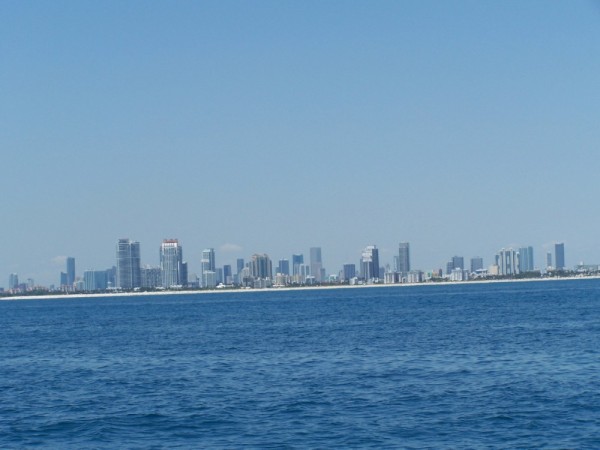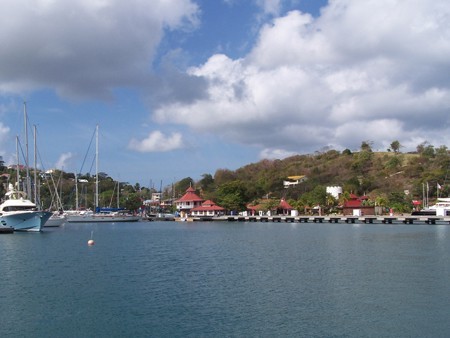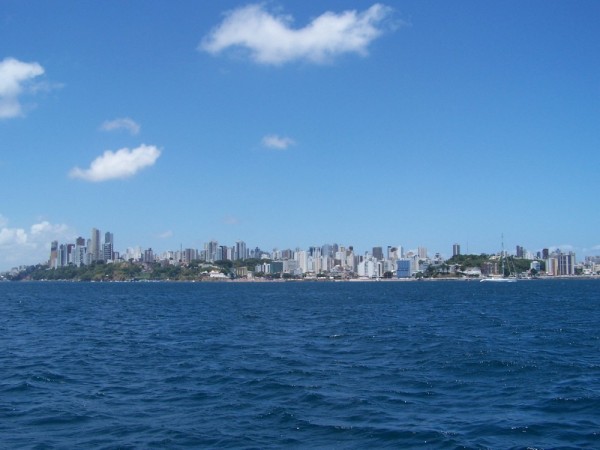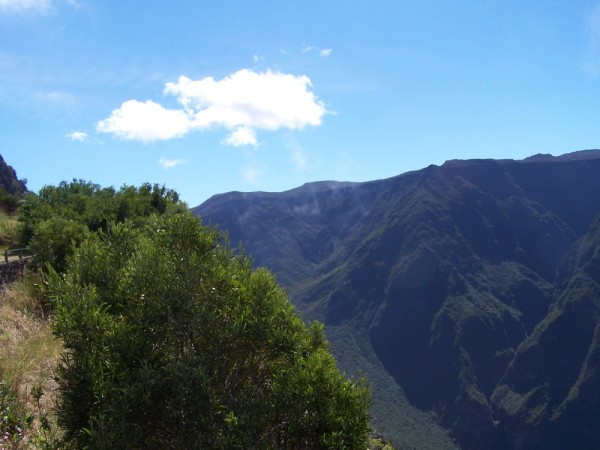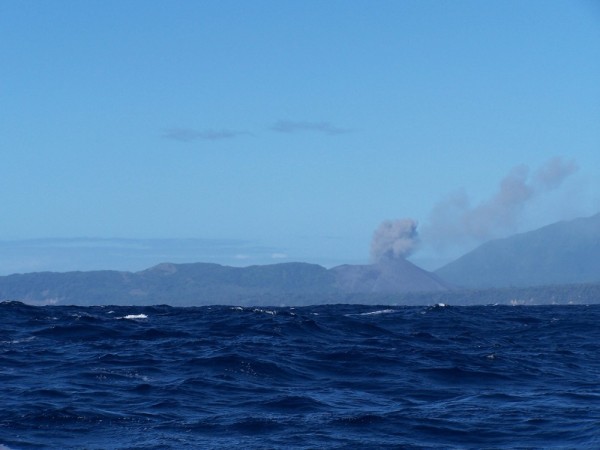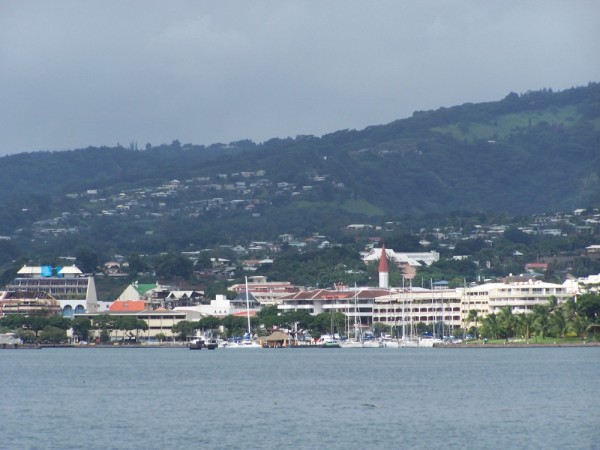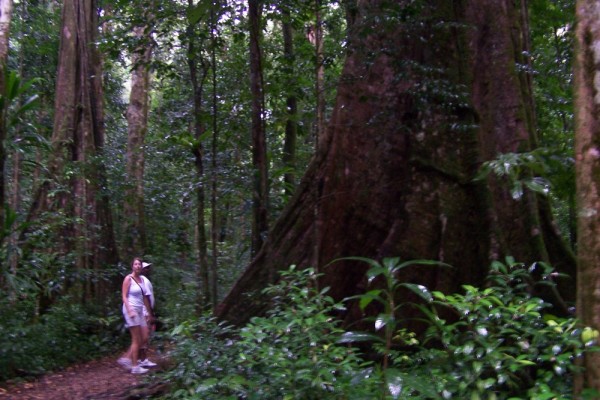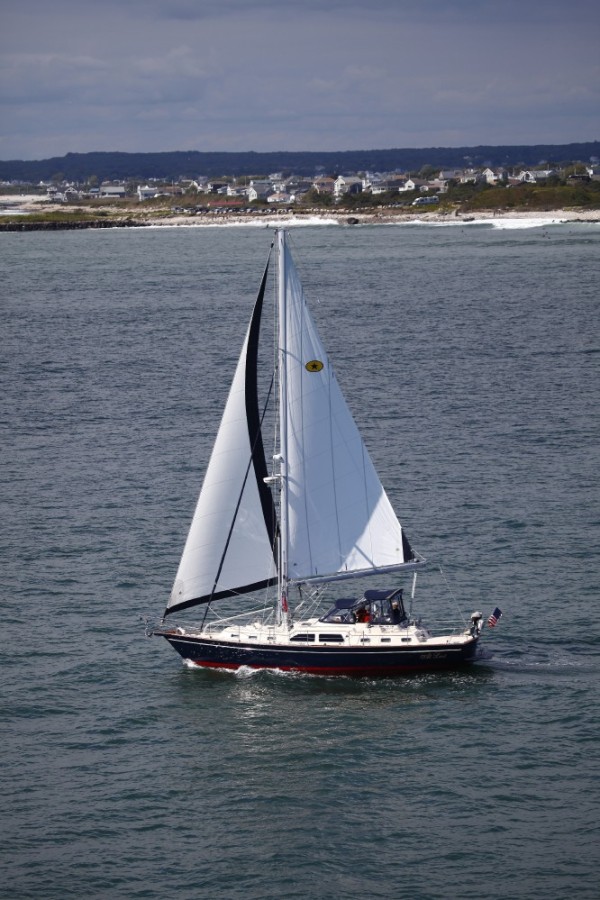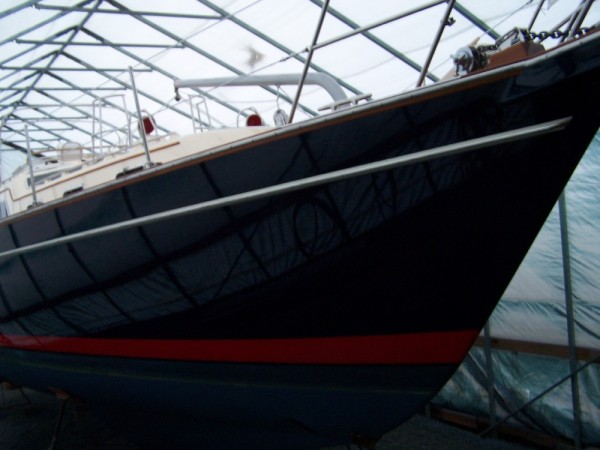
Sailing At Last
This is the tale of our journey to fulfill a passion of learning to sail and a dream to circumnavigate. Welcome Aboard At Last!
Profile of At Last and the Gorrell's

Who: Mark & Janet Gorrell
Port: Wickford, RI USA
Our Current Position
Postings
Favorite Links
- USA
- Celebration of Circumnavigation
- Grenada and the Grenadines
- Grenada
- St Helena
- Brazil
- South Africa
- Reunion
- Mauritius
- Cocos Keeling
- Bali
- Australia
- Vanuatu
- Fiji
- Tonga
- Cook Islands
- Society Islands
- Tuamotu Islands
- Marquesas
- Galapagos
- Panama
- The Caribbean 1500
- The Windward Islands
- The Leeward Islands
- The BVI
- The Start of Our Journey
- About The Preparations
- About The Itinerary
- About The Gorrell's
- About At Last
- Show All Posts
19 December 2013 | Westerly, RI
17 July 2013 | Mystic Shipyard, Mystic, CT
14 June 2013 | Summit North Marina, Bear, Delaware
04 June 2013 | Point Lookout Marina, Ridge, Maryland
21 May 2013 | Dunedin Municipal Marina, Dunedin, Florida
05 May 2013 | Bahia Mar Yachting Center, Fort Lauderdale, Florida
27 April 2013 | 22 56.8'N:073 02.0'W, Nearing the Exumas & Bahamas
23 April 2013 | 18 25'N:064 50'W, The BVI
13 April 2013 | Rodney Bay, St. Lucia
08 April 2013 | Admiralty Bay, Port Elizabeth, Bequia
04 April 2013 | Tobago Cays and Mustique, Grenadines
29 March 2013 | Port Louis Marina, St. George, Grenada
15 March 2013 | Port Louis Marina, St. George, Grenada
06 March 2013 | Between Salvador, Brazil and St. George, Grenada
05 March 2013 | Port Louis Marina, St. George's Harbor, Grenada
17 February 2013 | Terminal Nautico, Salvador, Brazil
04 February 2013 | 153 miles from Salvador Brazil, Atlantic Ocean
30 January 2013 | Island of St. Helena, Atlantic Ocean
29 January 2013 | 14 36.9'S:22 37.3'W, On the way to Brazil
20 January 2013 | 15 55.55'S:005 43.58'W, Jamestown, St. Helena
Reminiscing about the Indian Ocean
14 November 2012 | Zululand Yacht Club, Richard's Bay, South Africa
Mark
We arrived in South Africa on November 13 safe and sound and Janet will be updating the blog again soon. For now, I thought I would share some thoughts about our second ocean crossing. This will be oriented more to the sailors reading the blog. Sorry for the lack of pictures.
The Indian Ocean, from Bali to South Africa, had something for everyone and offered up a wide range of sailing conditions and challenges. We had days of little to no wind. We had days of 30+ knots. We had days of mild swells and days of big, steep seas. Beautiful weather was intermixed with some very big squalls. In total, we logged 6,000 miles over 39 days at sea, averaging 6.5 knots using the engine for 34% of the time.
The passage from Cocos to Mauritius was our fastest passage of our entire World ARC trip thus far. We logged 2,335 miles over 356 hours and averaged 7.0 knots while using the engine for only 4.7 hours. The passage from Bali to Cocos was almost as fast.
We have just finished the passage from Reunion Island to Richard's Bay South Africa. What an incredible trip. Some said it was the worst passage ever while others thought it could have been much worse. The start was very difficult and the finish was even worse for At Last. Some of the days in between offered great sailing with the wind at 90 degrees off the bow. At Last really sailed wonderfully then with all three sails out (stay sail included). She handled perfectly, sailing at 7-8 knots in 20 knots of wind. However, the wind clocked around 360 degrees at least three times during the trip. This is the first passage where At Last was not on a port tack with wind off the stern quarter 100% of the time. It was disorienting to have the boat heeling the opposite way.
We knew that arriving in South Africa would be a challenge. One must cross the Agulhas Current starting about 60 miles from the shore. It runs at up to 6 knots from the northeast. The problem is that every 2-4 days a low pressure system comes from the southwest and sends 20-40 knots of wind against the current. This produces dangerously steep waves.
We were 45 miles from shore and the port of Richards Bay when Britt and Shadow, who were on watch, woke me at 6:00 am to tell me that the wind had shifted and asked me to assess the situation. We were trying to reach the shore in a favorable weather window but 30 knots of wind from the north switched to the west/southwest sooner than we expected. Within an hour or so we had gone from a brisk downwind run to 30+ knots of wind on the nose and 10-15+ foot seas. Luckily we only had a double reefed main and the stay sail out. Soon the waves became very steep at a period of about 5 seconds. Our bow was digging into the waves in the troughs and scooping water up and tossing on to the dodger. Some waves were going over the bimini and drenching the cockpit even though we had the full canvas enclosure zipped up. Our prop was coming out of the water as we crested the waves and the vibration felt in the hull and prop as we went down the waves was very unnerving.
Knowing that the waves would be worse closer to shore where the current is fastest and the wind and waves would build even higher over the next several hours, I made the decision to turn around and run downwind east/northeast out of the current. It took us several hours to turn around and exit the current and for the weather to settle. About 80 miles off shore we met 5 other boats in the fleet and by then the low pressure system passed us and we sailed into Richards Bay in very comfortable conditions one day after we had turned around. Those of you who follow the fleet on the World Arc yellow brick tracking site may have seen At Last turn around and may have wondered why.
Reflecting on the decision to turn around - at that time we had spent almost 9 days at sea, we were 7-10 hours from port and everyone was anxious to end the passage. Within minutes of being awakened by Britt and Shadow, I had decided that it was best to extend the trip by a day rather than risk possible injury to the crew and damage to the boat. It was a difficult decision. I asked for everyone's input/feedback and all were in agreement at the time and everyone still feels it was the right thing to do. The experience reinforced the tenet in cruising that one must keep a flexible schedule and not be overly committed to getting to a destination at a certain time and incur unnecessary risk of bad weather. Someone once told me that when planning for friends to meet us on our trip that "you can pick the place to meet, or you can pick the time to meet, but you can't have both".
For the rest of the trip around South Africa and the Cape of Good Hope (formally called the Cape of Storms) to Cape Town, we still have to negotiate the Agulhas current and the frequent low "depressions" that produce risky conditions. Though the trip is only 900 miles, everyone says it takes 3 weeks or 3 times longer than normal because one must sail from port to port and wait out the lows for the next good weather window. It will be an interesting passage with a lot of attention spent on weather forecasts and trying to avoid taking too much risk to get to Cape Town as soon as we would like. We will try to not get depressed over these depressions and enjoy the ports along the way.
The Indian Ocean, from Bali to South Africa, had something for everyone and offered up a wide range of sailing conditions and challenges. We had days of little to no wind. We had days of 30+ knots. We had days of mild swells and days of big, steep seas. Beautiful weather was intermixed with some very big squalls. In total, we logged 6,000 miles over 39 days at sea, averaging 6.5 knots using the engine for 34% of the time.
The passage from Cocos to Mauritius was our fastest passage of our entire World ARC trip thus far. We logged 2,335 miles over 356 hours and averaged 7.0 knots while using the engine for only 4.7 hours. The passage from Bali to Cocos was almost as fast.
We have just finished the passage from Reunion Island to Richard's Bay South Africa. What an incredible trip. Some said it was the worst passage ever while others thought it could have been much worse. The start was very difficult and the finish was even worse for At Last. Some of the days in between offered great sailing with the wind at 90 degrees off the bow. At Last really sailed wonderfully then with all three sails out (stay sail included). She handled perfectly, sailing at 7-8 knots in 20 knots of wind. However, the wind clocked around 360 degrees at least three times during the trip. This is the first passage where At Last was not on a port tack with wind off the stern quarter 100% of the time. It was disorienting to have the boat heeling the opposite way.
We knew that arriving in South Africa would be a challenge. One must cross the Agulhas Current starting about 60 miles from the shore. It runs at up to 6 knots from the northeast. The problem is that every 2-4 days a low pressure system comes from the southwest and sends 20-40 knots of wind against the current. This produces dangerously steep waves.
We were 45 miles from shore and the port of Richards Bay when Britt and Shadow, who were on watch, woke me at 6:00 am to tell me that the wind had shifted and asked me to assess the situation. We were trying to reach the shore in a favorable weather window but 30 knots of wind from the north switched to the west/southwest sooner than we expected. Within an hour or so we had gone from a brisk downwind run to 30+ knots of wind on the nose and 10-15+ foot seas. Luckily we only had a double reefed main and the stay sail out. Soon the waves became very steep at a period of about 5 seconds. Our bow was digging into the waves in the troughs and scooping water up and tossing on to the dodger. Some waves were going over the bimini and drenching the cockpit even though we had the full canvas enclosure zipped up. Our prop was coming out of the water as we crested the waves and the vibration felt in the hull and prop as we went down the waves was very unnerving.
Knowing that the waves would be worse closer to shore where the current is fastest and the wind and waves would build even higher over the next several hours, I made the decision to turn around and run downwind east/northeast out of the current. It took us several hours to turn around and exit the current and for the weather to settle. About 80 miles off shore we met 5 other boats in the fleet and by then the low pressure system passed us and we sailed into Richards Bay in very comfortable conditions one day after we had turned around. Those of you who follow the fleet on the World Arc yellow brick tracking site may have seen At Last turn around and may have wondered why.
Reflecting on the decision to turn around - at that time we had spent almost 9 days at sea, we were 7-10 hours from port and everyone was anxious to end the passage. Within minutes of being awakened by Britt and Shadow, I had decided that it was best to extend the trip by a day rather than risk possible injury to the crew and damage to the boat. It was a difficult decision. I asked for everyone's input/feedback and all were in agreement at the time and everyone still feels it was the right thing to do. The experience reinforced the tenet in cruising that one must keep a flexible schedule and not be overly committed to getting to a destination at a certain time and incur unnecessary risk of bad weather. Someone once told me that when planning for friends to meet us on our trip that "you can pick the place to meet, or you can pick the time to meet, but you can't have both".
For the rest of the trip around South Africa and the Cape of Good Hope (formally called the Cape of Storms) to Cape Town, we still have to negotiate the Agulhas current and the frequent low "depressions" that produce risky conditions. Though the trip is only 900 miles, everyone says it takes 3 weeks or 3 times longer than normal because one must sail from port to port and wait out the lows for the next good weather window. It will be an interesting passage with a lot of attention spent on weather forecasts and trying to avoid taking too much risk to get to Cape Town as soon as we would like. We will try to not get depressed over these depressions and enjoy the ports along the way.
Comments
| Vessel Name: | At Last |
| Vessel Make/Model: | Island Packet 465-02 |
| Hailing Port: | Wickford, RI USA |
| Crew: | Mark & Janet Gorrell |
| About: | |
| Extra: | |
| Home Page: | http://sailingatlast.com |
At Last's Photos - Main
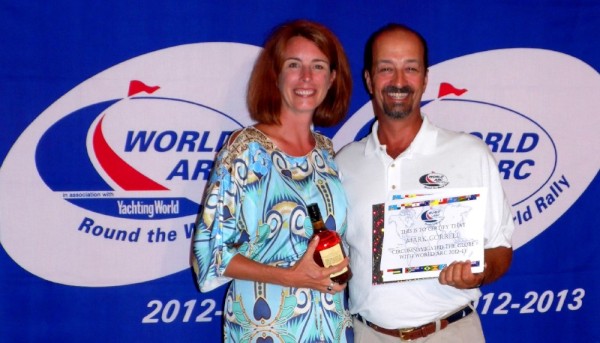 |
Our time in Marigot Bay, Rodney Bay and other photo albums commemorating our trip
1 Photo | 4 Sub-Albums
Created 19 April 2013
|
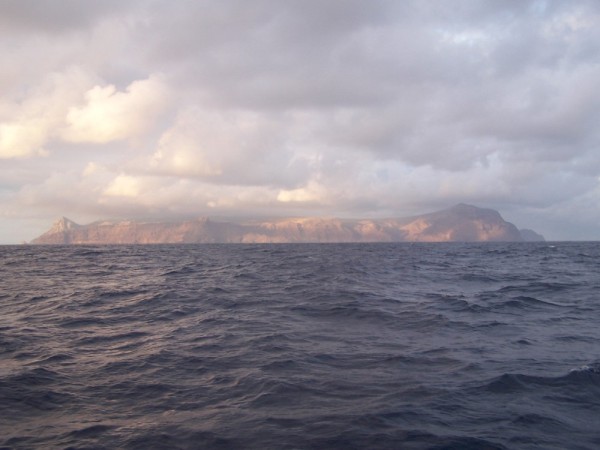 |
Photos of this unique and friendly island in the middle of the Atlantic Ocean
18 Photos
Created 16 February 2013
|
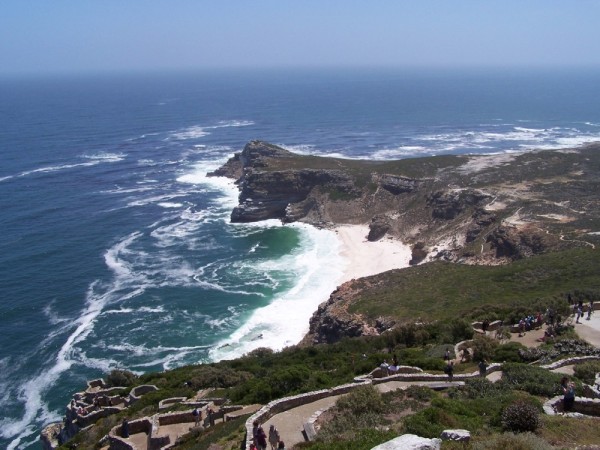 |
The pictures from our stops in Richard's Bay, Durban, St. Francis and Cape Town.
1 Photo | 4 Sub-Albums
Created 14 December 2012
|
 |
This gallery include the passage from the Galapagos and photos from Hiva-Oa, Oa-Pou and Nuku Hiva
1 Photo | 3 Sub-Albums
Created 11 April 2012
|
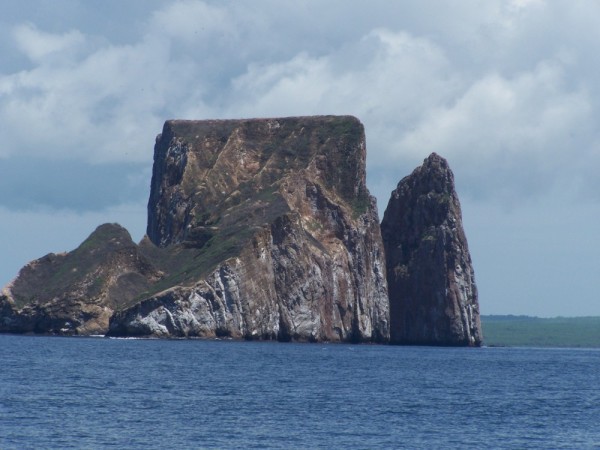 |
These are pictures of the passage to the Galapagos and our experience on the islands of San Cristobal, Isabella and Santa Cruz
2 Photos | 4 Sub-Albums
Created 2 March 2012
|
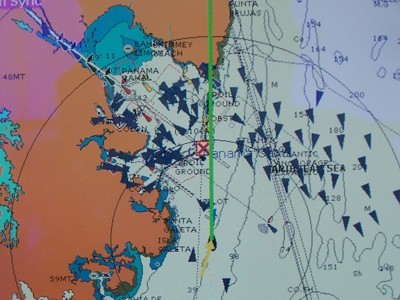 |
Here are photos of the passage to Panama, the San Blas Islands, the transit through the canal and events yet to come.
11 Photos | 6 Sub-Albums
Created 22 January 2012
|
 |
A compendium of pix of our various excursions around St Lucia
5 Photos | 2 Sub-Albums
Created 6 January 2012
|
 |
Photos of Terre-De-Haut, an island part of Les Saintes southeast of Guadeloupe.
13 Photos
Created 18 December 2011
|
 |
Here are more photos of English Harbour taken form At Last as we left Antigua for Guadeloupe
10 Photos
Created 16 December 2011
|
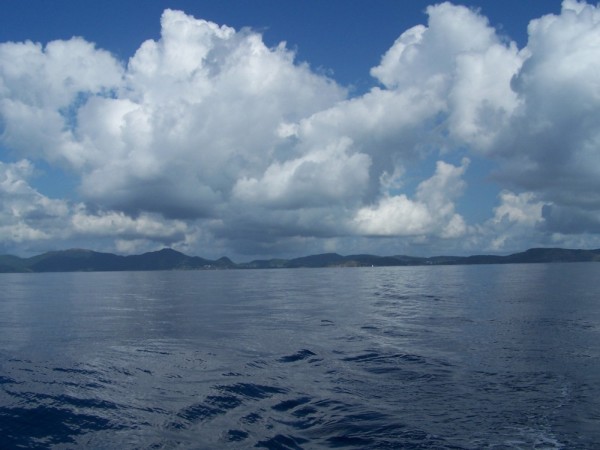 |
These are the pictures of our passage from Antigua through our stay on Guadeloupe
28 Photos
Created 16 December 2011
|
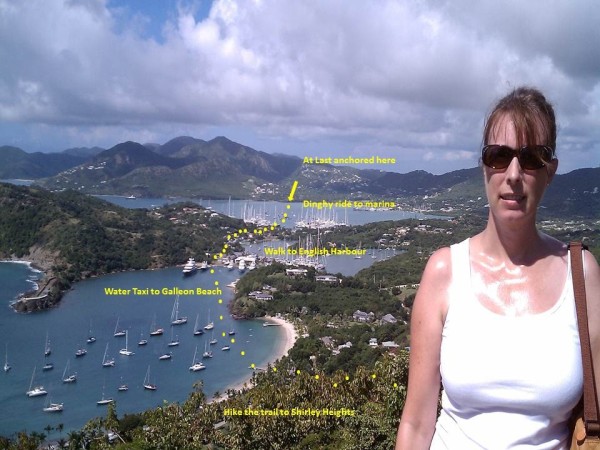 |
These are photos of Admiral Nelson's Dockyard and our trek to the top of Shirley Heights overlooking English Harbor
42 Photos
Created 13 December 2011
|
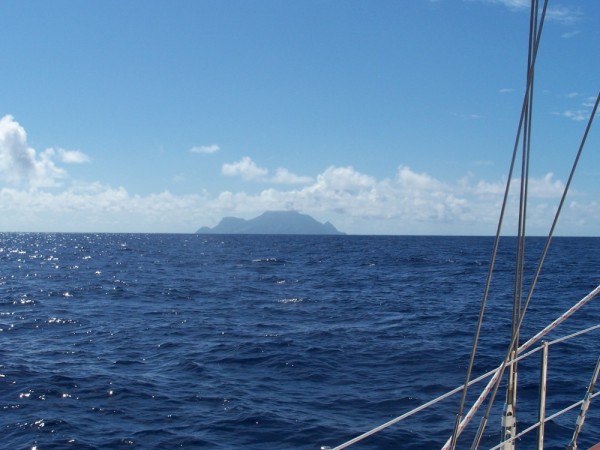 |
These are pix of Saba, Statia and St Kitts as we passed by them to sail to Nevis
18 Photos
Created 11 December 2011
|
 |
Pictures of his homes and yacht on the island as we passed headed for Anguilla
11 Photos
Created 5 December 2011
|
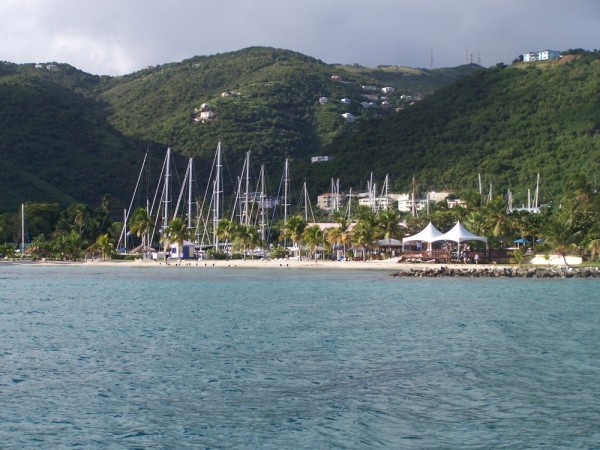 |
Some of the photos of the passage that hit the cutting room floor
27 Photos
Created 22 November 2011
|
 |
These are pictures of some of the results of the recent outfitting for the trip
8 Photos
Created 19 October 2011
|
 |
At last is delivered, commissioned and has its maiden voyage just in time to be in the 2007 Newport Boat Show
6 Photos
Created 1 October 2011
|
Profile of At Last and the Gorrell's

Who: Mark & Janet Gorrell
Port: Wickford, RI USA
Our Current Position
Postings
Favorite Links
- USA
- Celebration of Circumnavigation
- Grenada and the Grenadines
- Grenada
- St Helena
- Brazil
- South Africa
- Reunion
- Mauritius
- Cocos Keeling
- Bali
- Australia
- Vanuatu
- Fiji
- Tonga
- Cook Islands
- Society Islands
- Tuamotu Islands
- Marquesas
- Galapagos
- Panama
- The Caribbean 1500
- The Windward Islands
- The Leeward Islands
- The BVI
- The Start of Our Journey
- About The Preparations
- About The Itinerary
- About The Gorrell's
- About At Last
- Show All Posts







